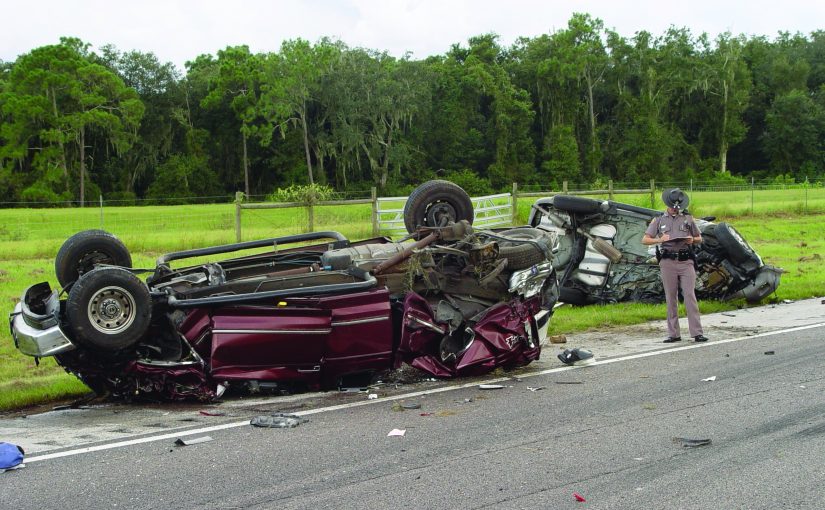
The number of deaths occurring on U.S. highways is staggering—each year roughly 33,000 people in the United States die in traffic crashes. Although, this number is down from 43,510 just a decade ago, it’s still the equivalent of the population of what the U.S. Census Bureau would classify as an “urbanized area.”1 Why do citizens and leaders tolerate such losses? What is being done to bring those tragic numbers down?
In this world of high-speed interstate highways, fast cars, and tight timelines, it seems like people are always in a hurry to get somewhere quickly. To reach this end, many are all too often willing to throw caution to the wind, hop into the driver’s seat, tune the stereo to their favorite stations, and hit the road. Many drivers navigate the roads mindlessly, while diligently paying attention to the conversations going on in the car, on their mobile phones, or in their heads. Roads across the United States are full of drivers who multitask with their smartphone apps; fiddle with their energy drinks or other distractions; speed; ignore basic safety rules, like wearing seat belts or maintaining a safe following distance; and quickly, incautiously change lanes—all in an effort to get to their destination sooner.


